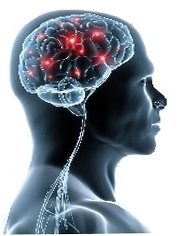The revised criteria of the International Headache Society (IHS) for pediatric headache do not differentiate among age groups. This study aims to determine if different symptoms of migraine are specific or typical of different age groups of children.
The files of 160 children (79 boys, 81 girls) with migraine treated at the pediatric headache clinic of a tertiary center were reviewed. The diagnosis was based on the criteria of the IHS. The patients were divided by age into three groups according to educational status (preschool, elementary school, secondary school), and compared by symptoms and signs. Symptoms of migraine with and without aura were also compared. There was no significant difference among the groups in rates of unilateral headache, phonophobia, photophobia, awakening pain, nausea or worsening of pain during physical activity. The parameters found to be statistically significant were dizziness and duration of migraine, and aura which increased with time. Frequency of attacks increased with age. The single statistically significant parameter found to be more frequent in younger age was vomiting. The statistically significant parameters of nausea and duration of migraine were more frequent in migraine with aura compared with migraine without aura. In conclusion, most of the migraine symptoms included in the 2004 recommendations of the IHS are not typical for specific pediatric age groups, probably because brain maturity is a continuous process. A familial history of migraine is a frequent finding among all age groups and should be considered in the pediatric criteria, especially in younger children in whom diagnosis is more difficult. Vomiting may help the diagnosis of migraine in young children with a familial history of migraine.

